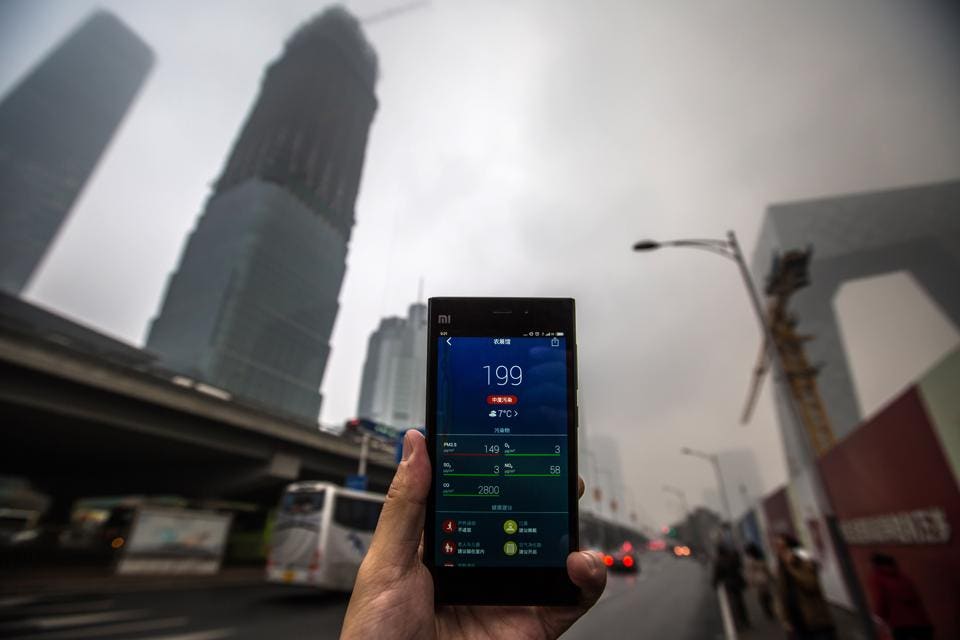Last Friday morning on my drive to Beijing Capital International Airport, the air was so thick with pollution from carbon intensive coal consumption that you could see it gently pushing against the buildings and enveloping the endless stream of cars on the road. It was noticeably worse than the day before. Checking on my phone, I found that the Air Quality Index (AQI) was over 300, putting it in the ‘Hazardous Zone’ of between 300 and 500. There are times when the AQI in Beijing can reach a ghastly and astonishing 1,000. Bad air in Beijing is hardly a surprise to anybody who’s been there and it is a fact well known by people all over the world.
What is perhaps less well known is the fact that China is serious about doing something about its pollution, carbon emissions and the environment in general. Whilst the government recently reaffirmed China’s commitment to double its GDP between 2010 and 2020, it has also recognized that it needs to take account of the environmental consequences of this growth under its policy of the “New Normal.” Ahead of the upcoming COP21 climate change summit in Paris, China has committed to reduce its greenhouse gas emissions per unit of GDP by 60-65% of 2005 levels by 2030. It has also committed to a target of 20% of non-fossil fuel energy production.
Achieving these targets will require massive investment. In the opening address at The Third China SIF Annual Conference: Green Finance and Sustainable Stock Exchanges, Mr. Zhou Shiyong, Deputy Editor in Chief of Securities Times noted that the New Normal would require annual investments of between around 2 to 4 trillion yuan ($315 billion to $625 billion). It is expected some of this will come from green bonds which, as defined by the Climate Bonds Initiative, are “created to fund projects that have positive environmental and climate benefits.” Whilst growing rapidly, the current $100 billion green bond market is a tiny fraction of the broader $78 trillion global bond market. But, as pointed out by Forbes.com columnist Mike Scott, China could be the game changer, enabling this market to explode.
In his keynote speech at the conference Dr. Ma Jun, Chief Economist of the People’s Bank of China (PBC)’s Research Bureau, emphasized the importance of green bonds and the greater degree of transparency they entail. He discussed this in an interview a few months ago regarding a recently released report “Establishing China’s Green Financial System” prepared by PBC and the United Nations Environmental Programme.
Green bonds are a key part of a larger Chinese initiative around “green finance.” As noted by Mr. Guo Peiyuan, co-founder of China SIF and Director of SynTao Green Finance, “The Chinese government is committed to mobilizing financial resources to achieve its goals for sustainable development under the New Normal. Green bonds are an important part of these reforms. The recently announced 13th-Five-Year Plan calls for developing green finance, including a green development fund. The time is right in China for green finance.”
SUBSCRIBE TO OUR NEWSLETTER
Subscribe our newsletter to receive the latest news, articles and exclusive podcasts every week


